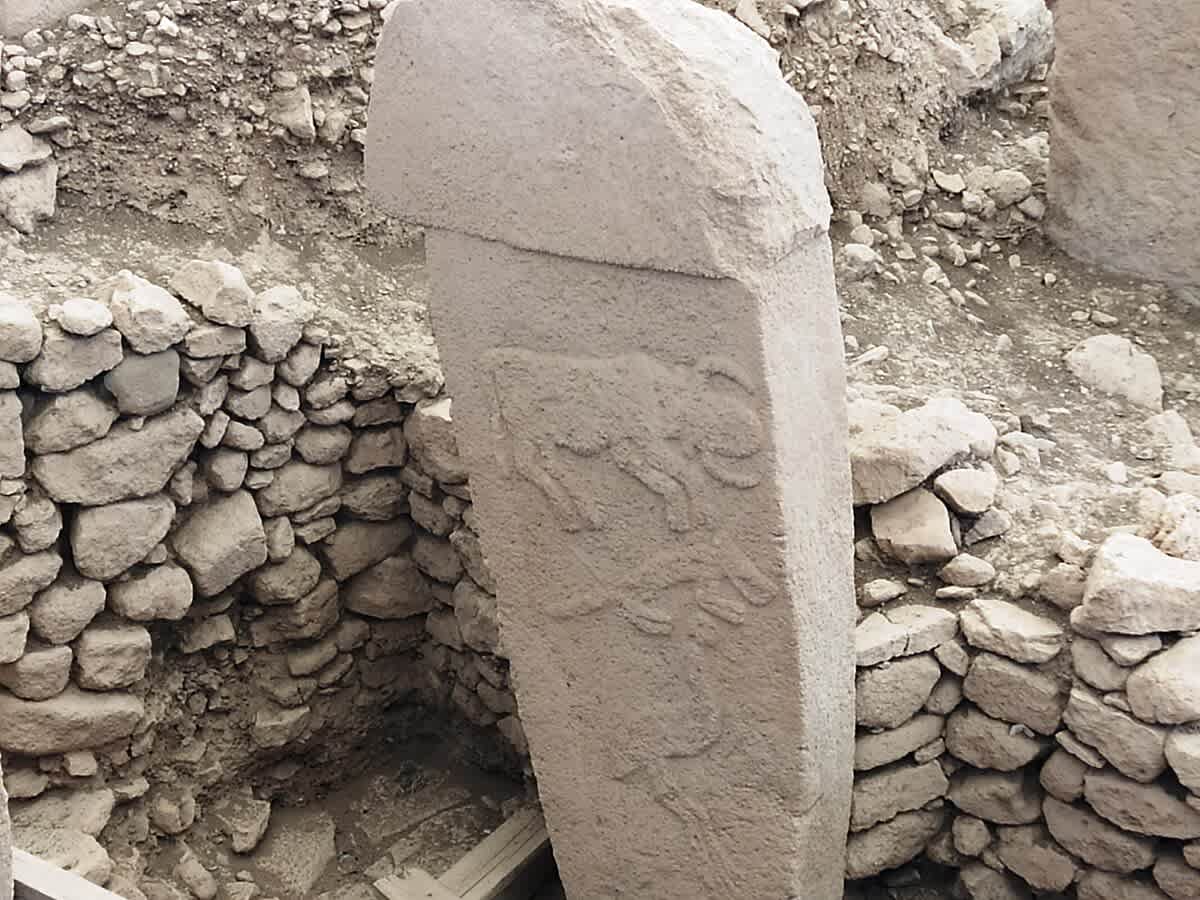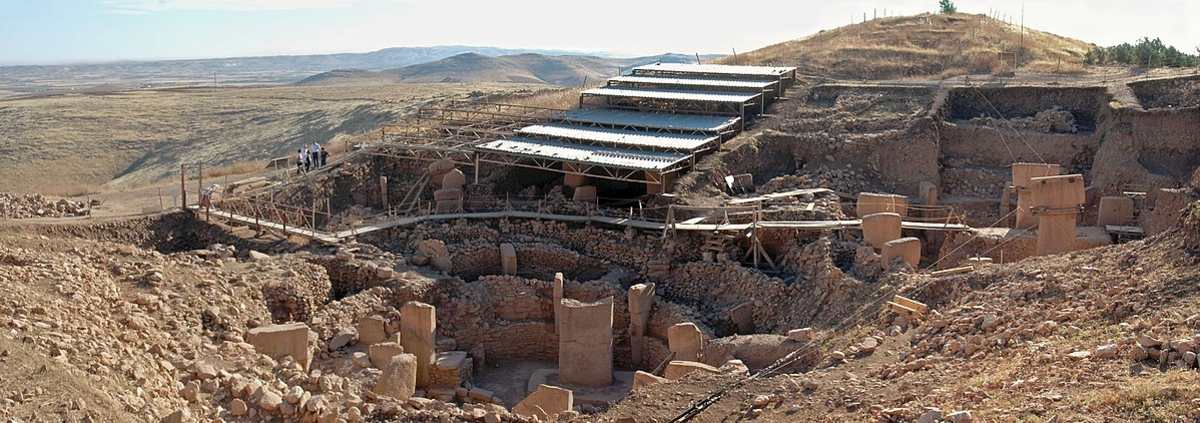12,000-year-old monument with mysterious carvings in Turkey could be the world’s oldest calendar

Researchers believe they have uncovered the oldest solar calendar in human history. It is supposedly a 12,000-year-old monument found in Göbekli Tepe, southern Turkey. Its existence has been known for quite a while, but its role as a solar calendar was suggested by a study published in the journal Time and Mind, conducted by researchers from the University of Edinburgh. This calendar indicated elements like days, seasons, and years through unique symbols. Researchers believe that a comet strike, which occurred in 10,850 B.C., possibly encouraged the community to create this solar calendar.

Göbekli Tepe's secret signals
Göbekli Tepe is a temple-like archaeological complex, exhibiting multiple carved symbols, according to Popular Mechanics. Upon investigation, researchers noted several V symbols on the complex, which possibly represented a single day. The assertion was backed by the fact that a pillar contained 365 symbols in total. The team also detected a special V symbol in the complex, which they believe represented the summer solstice constellation. This V symbol stood apart, as it was worn around the neck of a bird-like beast. Researchers further cited the presence of the V symbol on nearby statues of deities, associated with time and creation, as evidence backing their assertion that it represents days in the calendar. Furthermore, these V symbols are always present on the neck of deities, just like the ones on the neck of a bird-like beast.

Why was the calendar created?
Researchers speculate that the calendar was created as a memorial to a comet strike, according to EurekaAlert. The symbols record the astronomical event, which potentially caused a change in the lives of human civilization. On the pillar, researchers detected 365 days containing 12 lunar months, along with 11 extra days. Because both the moon's and the sun's cycles are present in the calendar, the pillar could be the earliest known example of a lunisolar calendar. This kind of calendar follows the phases of the moon and the positions of the sun. These carvings were made to record the time a swarm of comets hit the Earth 13,000 years ago. These comets brought on an Ice Age that lasted for 1,200 years and killed many species. It may also have triggered the development of human civilization in the Fertile Crescent of West Asia.
Sky cult's actions
Experts believe that people at Göbekli Tepe observed the movement of the sky and recorded it on the pillars. They used precession, the wobble noted in Earth's axis, which supposedly impacts the movement of constellations across the sky. If the assertion is true, it showcases the superior intellect of this group. "It appears the inhabitants of Göbekli Tepe were keen observers of the sky, which is to be expected given their world had been devastated by a comet strike. This event might have triggered civilisation by initiating a new religion and by motivating developments in agriculture to cope with the cold climate. Possibly, their attempts to record what they saw are the first steps towards the development of writing millennia later," Dr Martin Sweatman, of the University of Edinburgh's School of Engineering, who led the research, shared.
Researchers also spotted another pillar, apparently reflecting the Taurid meteor stream. This stream is supposedly the one that produced the comets, 13,000 years ago. The discovery supports the theory that the planet faces increased comet strikes when the orbit crosses the path of circling comet fragments. These carvings remained important for other millennia, and may have triggered the development of another civilization. Researchers would need to conduct more evaluations to understand the calendar's influence.